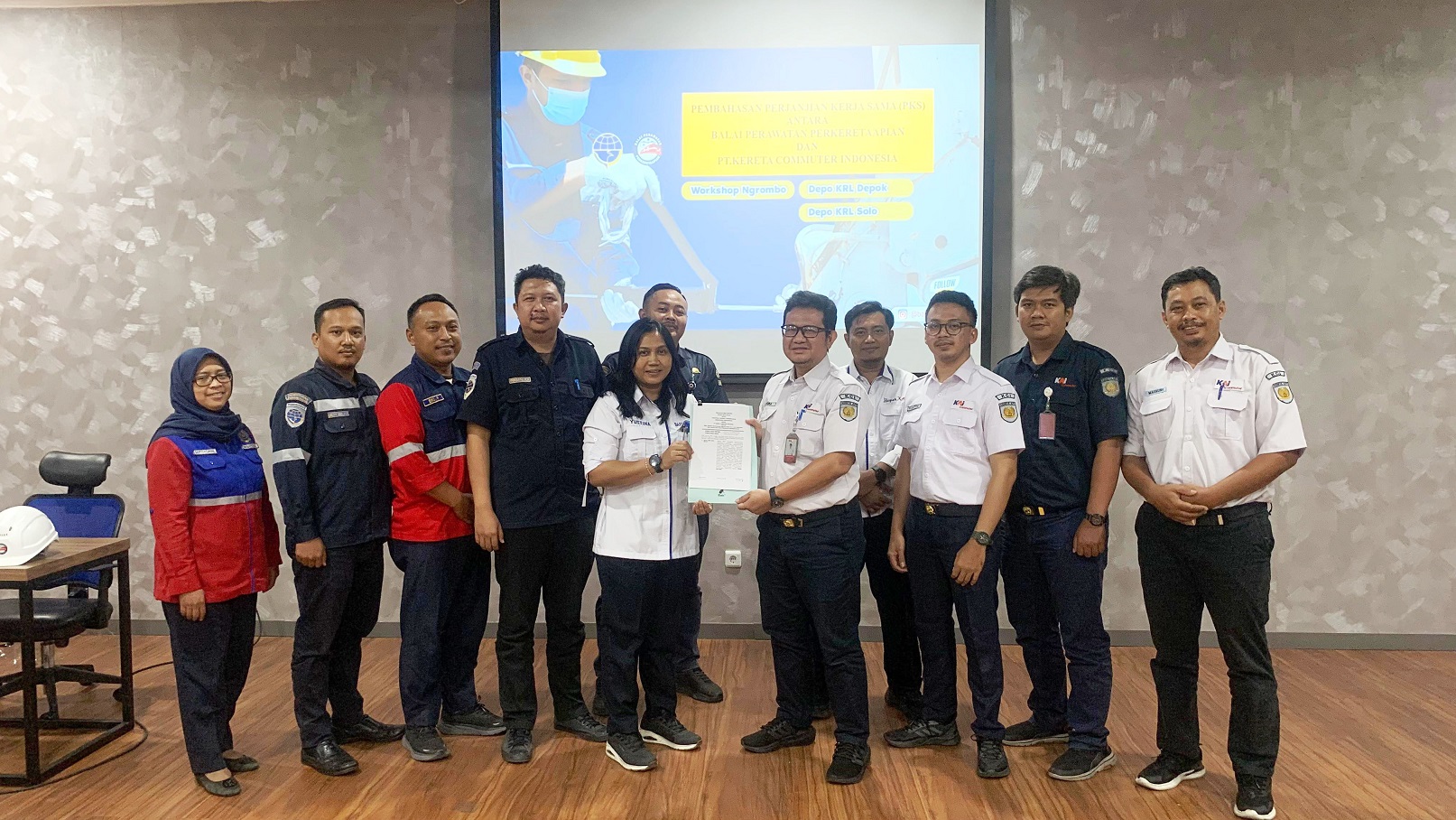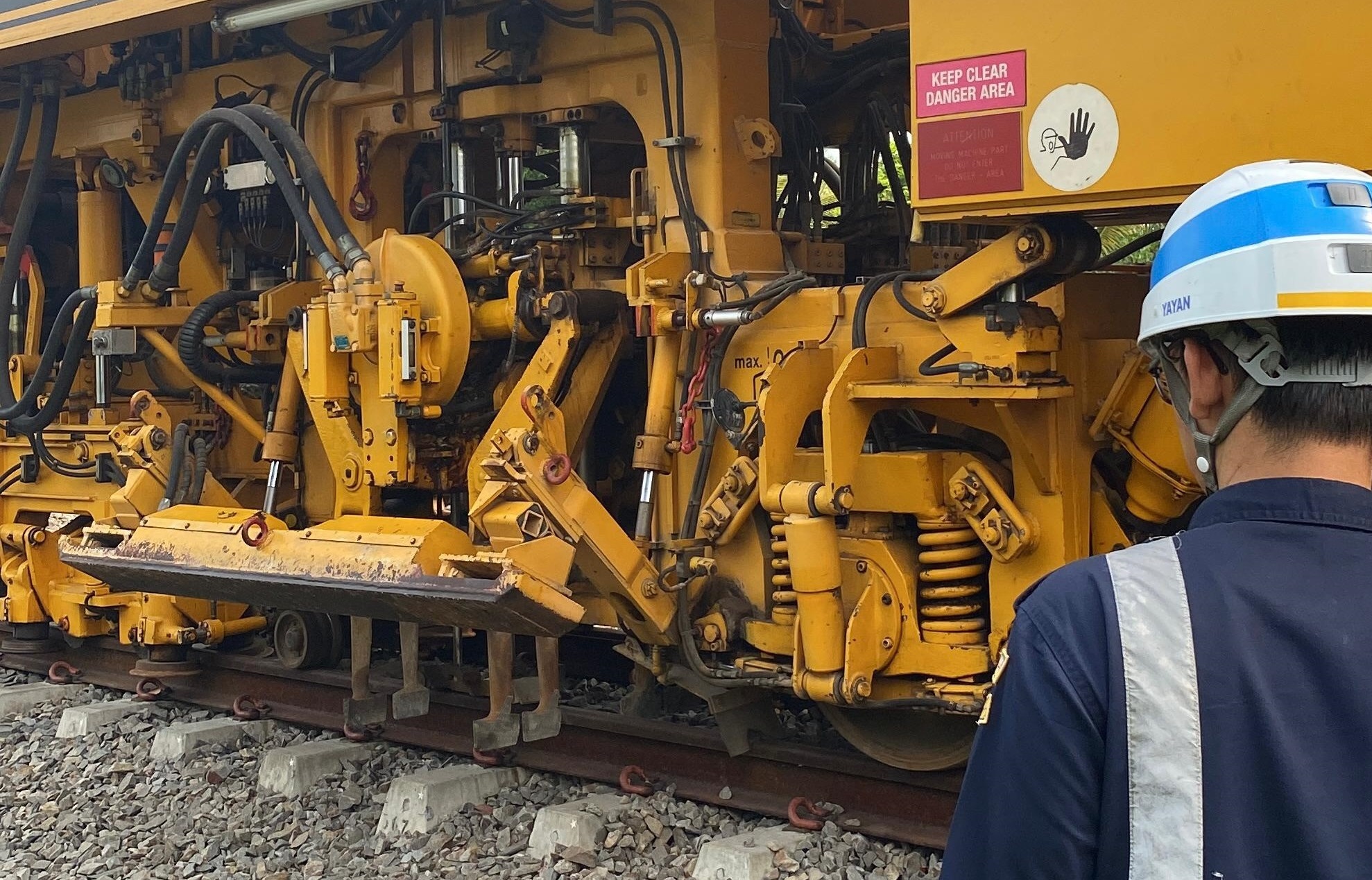Baperka Asset Utilization Management

Author : Perdana Kresna Hadi
State assets can also be called State Property, the management of which is not only the responsibility of the Ministry of Finance as the manager of the Property, but is also the responsibility of each Ministry/Institution as the User of the Property.
Based on Government Regulation of the Republic of Indonesia Number 28 of 2020 concerning Amendments to Government Regulation Number 27 of 2014 concerning Management of State/Regional Property Article 27 paragraph (1) it is stated that the forms of utilization of State/Regional Property are in the form of renting, borrowing, utilization cooperation, Build for Handover or Build for Handover, or Cooperation in providing infrastructure. Common asset types include: current assets, non-current assets, physical assets, intangible assets, operating assets, and non-operating assets.
Correctly identifying and classifying the types of assets becomes important for the survival of an organization, especially its solvency and the associated risks of accounting for those assets. State assets with idle status or not operating and not being utilized result in loss of potential benefits (opportunity loss) which becomes a burden on the state. The magnitude of the potential benefits, both financial and non-financial benefits that can be obtained if the assets are successfully utilized or invested using the principle of highest and best use, will provide a significant amount of financial flow. Apart from opportunity loss, managing idle assets also creates double inefficiency, because they are still allocated and charged in the State Revenue and Expenditure Budget (APBN) in the form of maintenance costs and procurement of new assets to support the implementation of routine tasks. In implementing asset optimization, there are 2 (two) main types of challenges, namely regulatory challenges and institutional constraints. In terms of regulatory constraints, the legal corridor for managing state assets is designed so that the internal control system for managing state property becomes a strong shield to protect the state from losing its assets. This becomes an obstacle in efforts to optimize assets effectively because property management requires wider space for various breakthroughs and flexibility. Meanwhile, in terms of institutional constraints, this occurs due to characteristics, bureaucratic culture, and HR competencies which are generalist in nature and are not designed to be units that are responsive, flexible, autonomous in managing assets, and have specialist experts with business sense.
As the Manager of State Property in railway maintenance activities, the Railway Maintenance Center (Baperka) continues to innovate to carry out asset management or management of state property owned by the state. Asset management can be defined as a structured process regarding the use and development of existing assets, which is based on acquisition, calculation and periodic maintenance as economically and efficiently as possible. In carrying out BMN's asset management function in the form of equipment and supporting units in supporting railway facilities and infrastructure activities. There are 4 asset management activities for railway maintenance centers including:
- Business development services and business strategy asset maintenance management services for railway facilities and infrastructure;
- Utilization in the form of utilization and operational cooperation of state assets including borrowing;
- Reporting, monitoring and evaluating asset management at the Railway Maintenance Center;
- Procurement, security, maintenance, licensing, documentation, publication and marketing of railway maintenance equipment and support units
The asset management of the Railway Maintenance Center has the main objective, namely that the maintenance equipment assets currently owned and their supporting units (such as workshops, warehouses and depots) can be managed well and be able to be more effective and efficient to produce basic benefits for the world of Indonesian railways. It should be noted that since 2022, Railway Maintenance Centers will be able to receive PNBP and maintenance centers are assigned to obtain maximum PNBP from the assets they own with various variants of business development innovations and services from railway maintenance centers throughout Indonesia.
Currently the maintenance center manages approximately 140 units of State-Owned Facilities spread across several areas. With large numbers and a wide range of control over a wide area, this is something that needs special attention in safeguarding its assets. Currently, the Railway Maintenance Center carries out maintenance and management of assets by using two model approaches, namely by self-management by placing officers at the equipment location. and the second way is to collaborate with third parties (contractual) in carrying out the management process, the portion of which is decreasing from year to year. One form of utilization of state-owned facilities that has been carried out is by renting out state-owned facilities to parties who need them, including potential stakeholders who use maintenance center services such as the Railway Engineering Center, PT. KAI, Railway Testing Center, Railway Safety Directorate, and private parties. Some of the facilities that have been utilized include MTT, Flat Carriage, Open Carriage, Forklift, Lorry, CC 300 Locomotive, RRV, TMC, and TRC. The facilities owned by the Railway Maintenance Center have many benefits and uses in the railway construction process, such as flat carriages that can be used for rail transportation, MTTs for carrying out finishing work on railway track work, open carriages for ballast transportation, lorries for carrying out inspections of railway line construction activities. fire and many more benefits from these tools. So far, the process of borrowing and utilizing these tools has continued and developed from year to year and more and more partners or institutions that work in the railway environment are aware of the tools that the Railway Maintenance Center has. In this case, the Railway Maintenance Center continues to try to build a communication network with potential stakeholders by carrying out visits to several Baperka strategic partners and entering into a memorandum of understanding to enter into a cooperation agreement which is intended to build benefits between the two parties which are expected to help support the progress of the national railway. And continue to try to optimize all assets owned so that they are not in an idle condition (not useful or not used). In principle, optimizing the use of state property is carried out without disturbing the main tasks and functions of the Railway Maintenance Center.
Apart from providing services in the field of maintenance of railway facilities and utilization of state-owned facilities, the Railway Maintenance Center also has the potential to provide several other services, including services in the field of rental of stabling and maintenance at the depot or workshop of the Railway Maintenance Center, services in the field of rental of facility assets and maintenance equipment /maintenance facilities, and services in the field of rental of land assets available for building business premises, billboards/billboards, or parking lots, etc. For your information, in 2023, the Railway Maintenance Center will receive assets from the Solo Jebres Depot from the Semarang Railway Engineering Center, which will increase the assets of the Railway Maintenance Center. Currently, the maintenance center manages two depots and one workshop, namely Solo Jebres KRL Depot, Depok Depot and Ngrombo Workshop, with the possibility that there will be more in the following year because the construction of new depots continues to be carried out by the Railway Engineering Center in several regions in Indonesia. Therefore, the Railway Maintenance Center continues to develop and innovate in the workshop or depot management process so that it can provide maximum service and maximize the potential of the assets it owns. In the workshop and depot there are several types of equipment and machines such as forklifts which function to move and transport loads, milling machines to make holes in iron, lifting jacks to lift 16 ton loads, wheel diameters both digital and analog to measure wheel diameters, tracks geometry measurement system which functions to measure train track condition parameters and many other tools which function to support maintenance activities for both facilities and infrastructure. Currently, the Railway Maintenance Center also continues to add equipment and facility buildings to maximize its function so that it can provide optimal service with the assets it owns.
For land and building assets, the Railway Maintenance Center still has some land that can be utilized to develop the types of services that can be provided by the Railway Maintenance Center, as it is known that the land in the Ngrombo Workshop area and Depok Depot can still be maximized for the construction of additional maintenance facilities such as stabling, for final maintenance services or P48 trains along with supporting facilities, spare parts warehouse and much more to increase capacity and quality of service.
The goods and assets of the Railway Maintenance Center in the form of land, buildings and structures, equipment and machinery, and networks are part of the state so they must be recorded in a centralized system. The condition of the assets of state-owned railway facilities which are located in several parts of Indonesia requires centralization of information data to monitor the condition of asset management. The management of the Railway Maintenance Hall's assets is recorded through the SIMAK-BMN application which is carried out by the SIMAK-BMN operator and there is also a material treasurer who is assigned to manage and administer the assets owned by the Railway Maintenance Hall. The SIMAK-BMN application (State Property Management and Accounting Information System) is an application used to record and organize state property, starting from purchases, transfers in and out between agencies, to the removal and destruction of state property. Officers periodically record the flow of assets in and out and record the use or use of facilities or equipment owned by the Railway Maintenance Center which are borrowed or used by external parties or work partners of the Railway Maintenance Center.
By considering aspects of needs planning and budgeting, procurement, use, administration, utilization, observation and maintenance, assessment, write-off, transfer, coaching, supervision and control, good financing is expected that the assets owned by the Railway Maintenance Center will be able to provide maximum contribution for the country, because management accompanied by optimal asset utilization will encourage the country's economic growth which in turn will also have an impact on increasing Non-Tax State Revenue (PNBP). Apart from that, good asset management can also maximize the function of the assets of the Railway Maintenance Center thereby increasing the quality of service, effectiveness and efficiency of the Railway Maintenance Center in supporting the progress of national railway development.



.jpg)

Komentar
LOGIN FOR COMMENT Sign in with Google